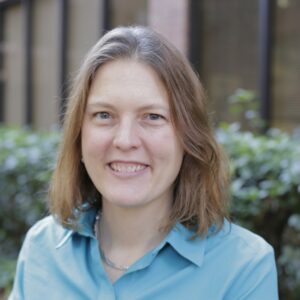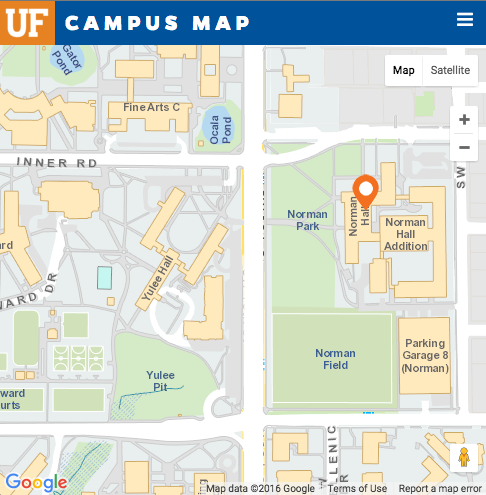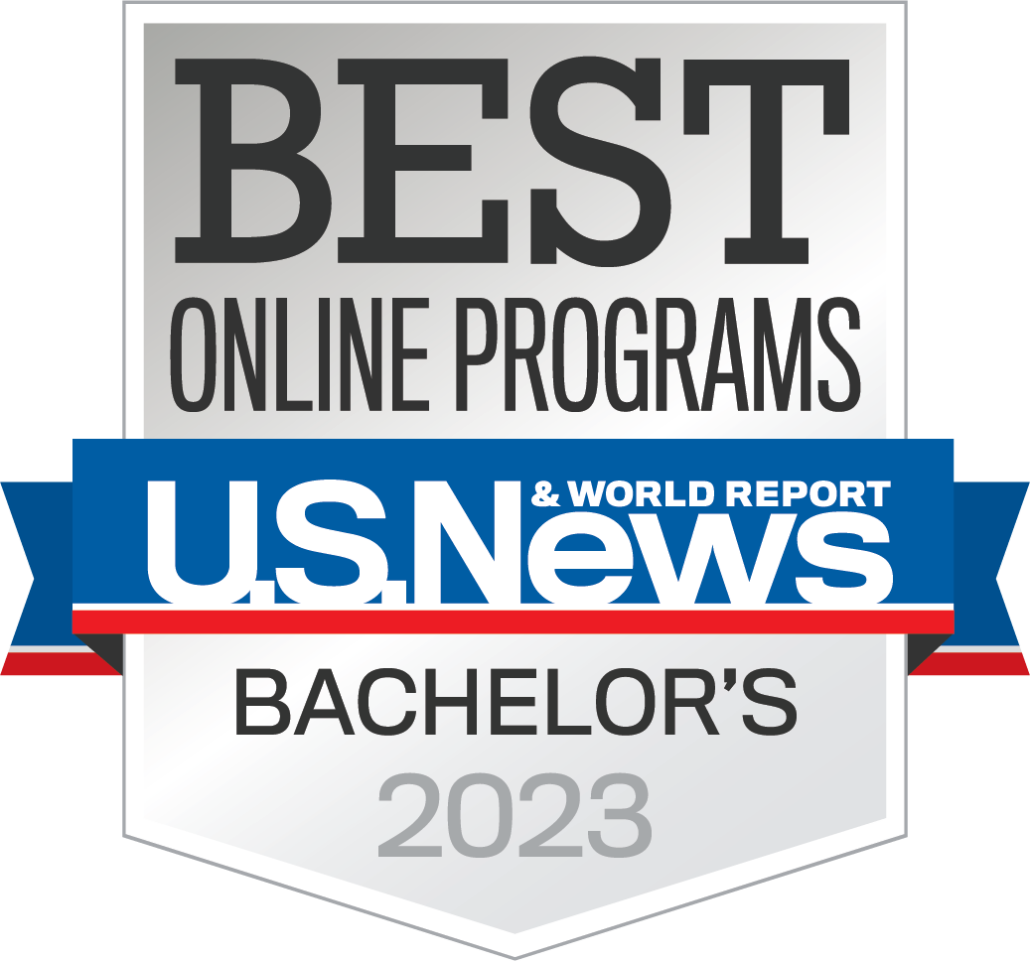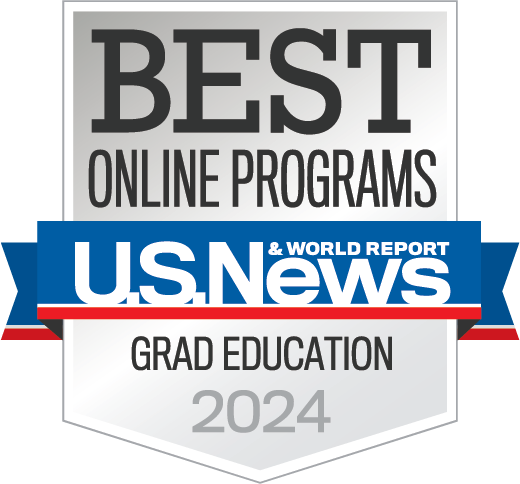https://education.ufl.edu/student-services/files/2016/09/headerblue.png
0
0
https://education.ufl.edu/student-services/files/2016/09/headerblue.png
2016-07-06 15:33:422016-07-06 15:33:42Enhancements to UFIRST Proposal Reports Are Now Online
https://education.ufl.edu/student-services/files/2016/09/headerblue.png
0
0
https://education.ufl.edu/student-services/files/2016/09/headerblue.png
2016-07-06 15:32:352016-07-06 15:32:35IES Grant Writing Webinar
https://education.ufl.edu/student-services/files/2016/09/headerblue.png
0
0
https://education.ufl.edu/student-services/files/2016/09/headerblue.png
2016-07-06 15:32:002016-07-06 15:32:00IES Launches New Software to Support Program Evaluation in Education
https://education.ufl.edu/student-services/files/2016/09/headerblue.png
0
0
https://education.ufl.edu/student-services/files/2016/09/headerblue.png
2016-07-06 15:31:312016-07-06 15:31:31See How ERIC Selects New Sources
https://education.ufl.edu/student-services/files/2016/09/headerblue.png
0
0
https://education.ufl.edu/student-services/files/2016/09/headerblue.png
2016-07-06 15:30:572016-07-06 15:30:57Words That Should Be Avoided in Grant Proposals: Part 2
https://education.ufl.edu/student-services/files/2016/09/headerblue.png
0
0
https://education.ufl.edu/student-services/files/2016/09/headerblue.png
2016-07-06 15:30:232016-07-06 15:30:23Awarded Projects for June 2016
https://education.ufl.edu/student-services/files/2016/09/headerblue.png
0
0
https://education.ufl.edu/student-services/files/2016/09/headerblue.png
2016-07-06 15:29:542016-07-06 15:29:54Submitted Projects for June 2016
https://education.ufl.edu/educational-research/files/2016/06/english-ed-kohnen-cropped2-300x300.jpg
300
300
avilaihong
https://education.ufl.edu/student-services/files/2016/09/headerblue.png
avilaihong2016-06-06 13:50:042023-10-18 12:32:53Research Spotlight: Angela Kohnen
https://education.ufl.edu/student-services/files/2016/09/headerblue.png
0
0
https://education.ufl.edu/student-services/files/2016/09/headerblue.png
2016-06-06 13:47:062016-06-06 13:47:06Reminder: Research Training Utility
https://education.ufl.edu/student-services/files/2016/09/headerblue.png
0
0
https://education.ufl.edu/student-services/files/2016/09/headerblue.png
2016-06-06 13:46:262016-06-06 13:46:26UFIRST Awards Implementation Goes Live
https://education.ufl.edu/student-services/files/2016/09/headerblue.png
0
0
https://education.ufl.edu/student-services/files/2016/09/headerblue.png
2016-06-06 13:45:482016-06-06 13:45:48Reminder: IES Research Funding Webinars
https://education.ufl.edu/student-services/files/2016/09/headerblue.png
0
0
https://education.ufl.edu/student-services/files/2016/09/headerblue.png
2016-06-06 13:45:082016-06-06 13:45:08Words That Should Be Avoided in Grant Proposals: Part 1
https://education.ufl.edu/student-services/files/2016/09/headerblue.png
0
0
https://education.ufl.edu/student-services/files/2016/09/headerblue.png
2016-06-06 13:44:352016-06-06 13:44:35New Lynda.com Login Process Provides Free 24/7 Access
https://education.ufl.edu/student-services/files/2016/09/headerblue.png
0
0
https://education.ufl.edu/student-services/files/2016/09/headerblue.png
2016-06-06 13:43:402016-06-06 13:43:40Awarded Projects for May 2016
https://education.ufl.edu/student-services/files/2016/09/headerblue.png
0
0
https://education.ufl.edu/student-services/files/2016/09/headerblue.png
2016-06-06 13:43:012016-06-06 13:43:01Submitted Projects for May 2016
Scroll to top







